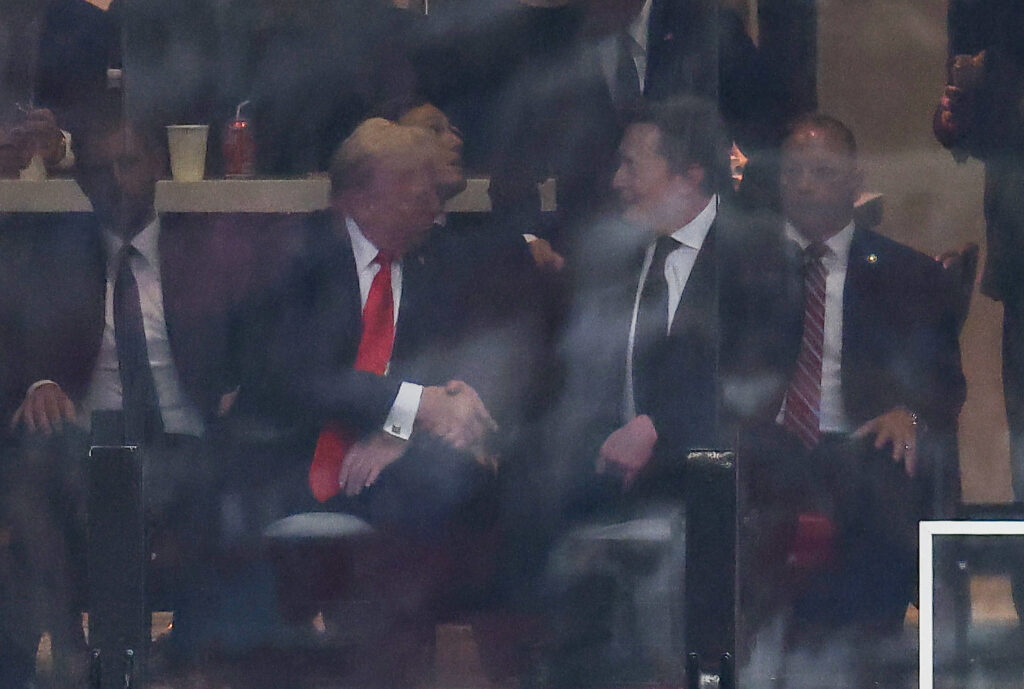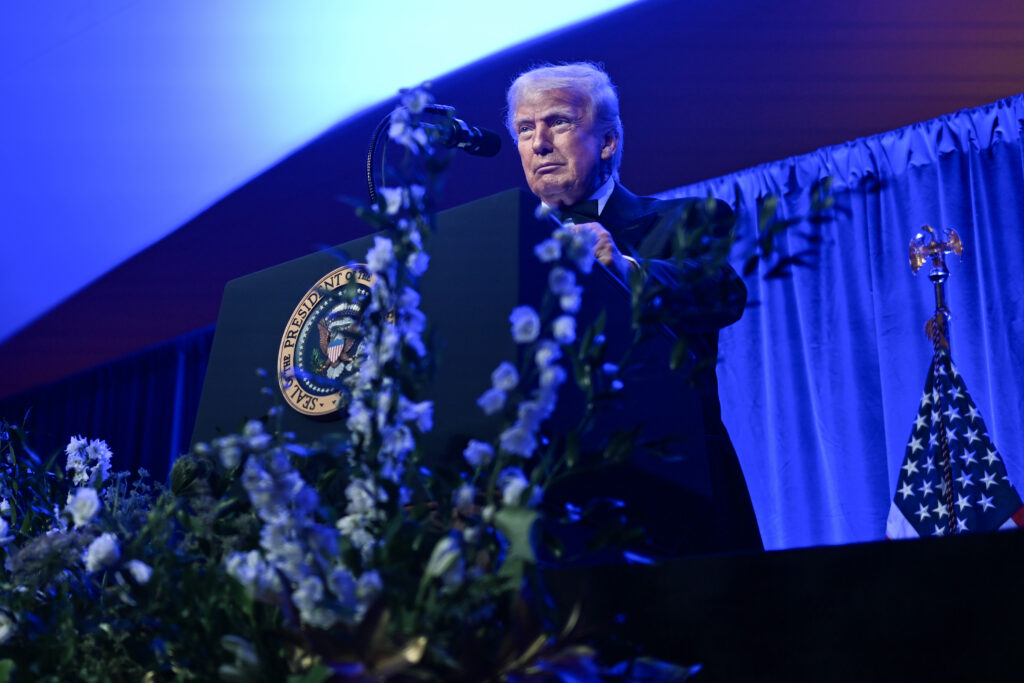Foreign journalists face uncertain future under Trump
When US President Donald Trump berated an Australian reporter for asking an unpleasant question, his colleagues took that as a warning.With the administration planning to slash correspondent visas and issuing not-so-veiled warnings, foreign journalists find themselves under pressure in the United States.Earlier this week, a journalist from the Australian Broadcasting Corporation asked Trump about his business dealings while in office. Trump was visibly irritated.”In my opinion, you are hurting Australia very much right now, and they want to get along with me,” Trump told the reporter, John Lyons. “Your leader is coming over to see me very soon. I’m gonna tell him about you. You set a very bad tone.”The exchange was widely discussed in Washington media circles. One foreign correspondent, who spoke to AFP on condition of anonymity, said Trump’s hostility toward the media was not concentrated on foreigners.”When Trump insults a journalist, it doesn’t matter to him whether it’s a foreigner or not,” the correspondent said.What worries the reporter much more is the administration’s plan to slash journalists’ visas to a renewable 240-day period, down from five years — or just 90 days for Chinese media workers.”How am I supposed to rent a flat? To get a driver’s license? To put my kids in school with a 240-day visa?” the correspondent wondered, adding that it takes time to build a network of sources in the country.”It’s going to be a nightmare.”- Working ‘without fear’ -Another journalist, a correspondent for a European media outlet, said that “the precariousness of foreign journalists doesn’t make them prime targets for this administration,” but “is part of a very worrying overall picture.”The White House prefers journalists, wherever they come from, “who are committed to its stories or self-censor enough to normalize what’s happening,” the European correspondent said.AFP contacted several foreign journalists for this article. Only a few responded, and each of them did only on condition of anonymity.”The shortened timeframe for I-visa renewals creates a framework for possible editorial censorship in which the Trump administration can trade access for compliance in reporting,” Katherine Jacobsen with the Committee to Protect Journalism said in a statement.Mike Balsamo, president of the Washington-based National Press Club echoed that view, adding that such actions could lead to reprisals against American journalists working abroad.”A free press doesn’t stop at America’s borders. It depends on correspondents who can work here without fear their time will run out,” he wrote on X.While the correspondents interviewed for this story did not notice any particular hostility from the White House itself toward them, they pointed out that political figures in Trump’s “Make America Great Again” (MAGA) movement have not hesitated to target foreign journalists.A close associate of Donald Trump, former ambassador to Germany Richard Grenell, recently called for revoking the visa of a journalist from the German television channel ZDF.”This radical Lefty German keeps calling for violence against people he politically disagrees with,” Grenell said on X, criticizing the journalist’s interview with influential White House adviser Stephen Miller. “He poses as a journalist in Washington, DC. His visa should be revoked. There is no place in America this type of inciter.”- A warning to foreigners -Following last week’s assassination of conservative influencer Charlie Kirk — a close associate of the American president — a senior official issued a broad warning to foreigners who are seen “praising, rationalizing, or making light of the event.””Feel free to bring such comments by foreigners to my attention,” Deputy Secretary of State Christopher Landau said on X.But Trump’s return to power has not been bad news for all foreign media outlets. Some news organizations who are known for sharing views similar to Trump’s in their home countries have been embraced by the White House.British television channel GB News, whose stars include far-right leader Nigel Farage, was recently welcomed into the Oval Office, and its journalist was given a coveted seat on the US presidential plane during Trump’s visit to the UK this week.When Trump appeared in the press box, the journalist said that the channel’s viewers had asked if he wanted to “swap jobs” with Prime Minister Keir Starmer.









